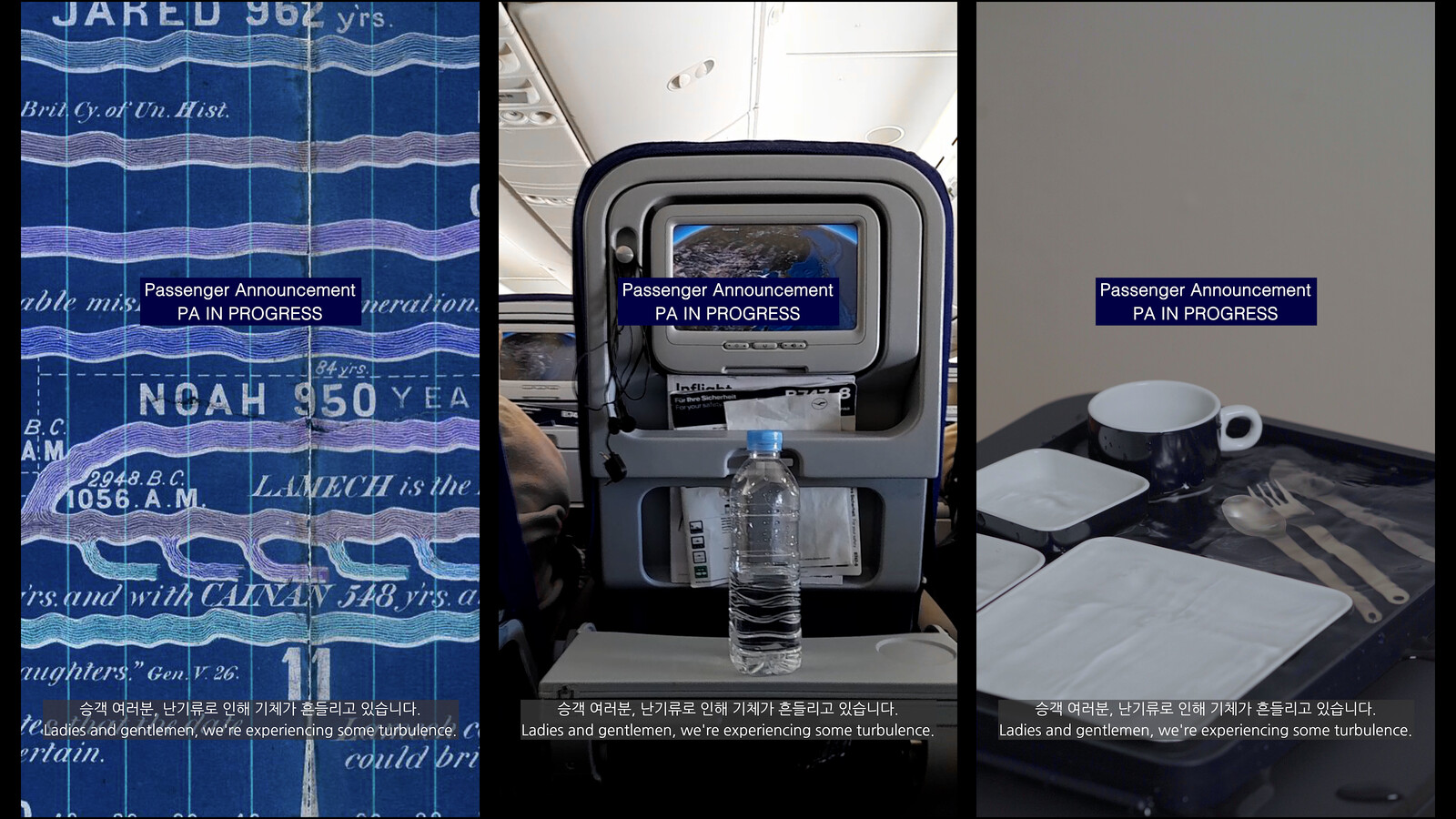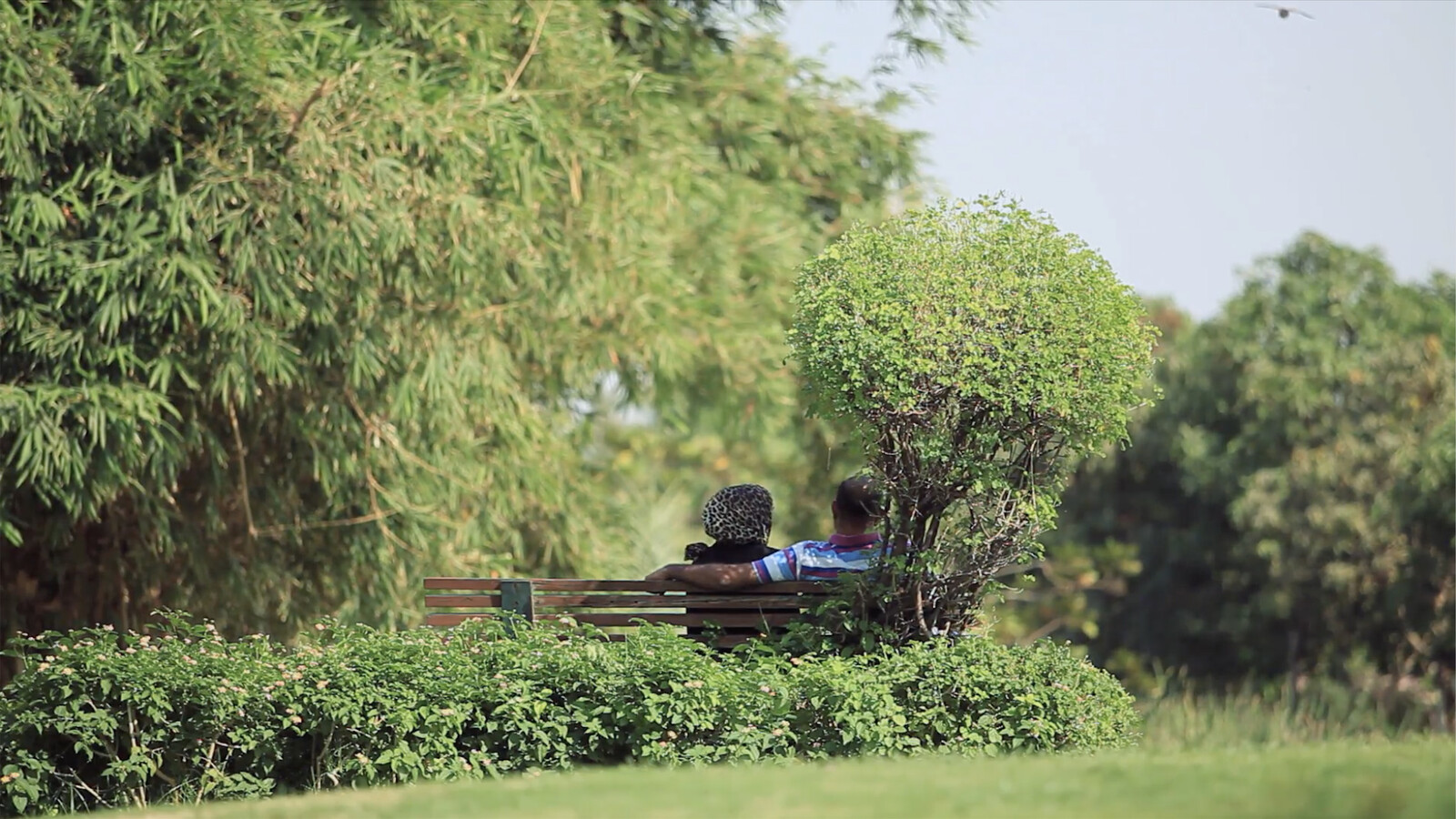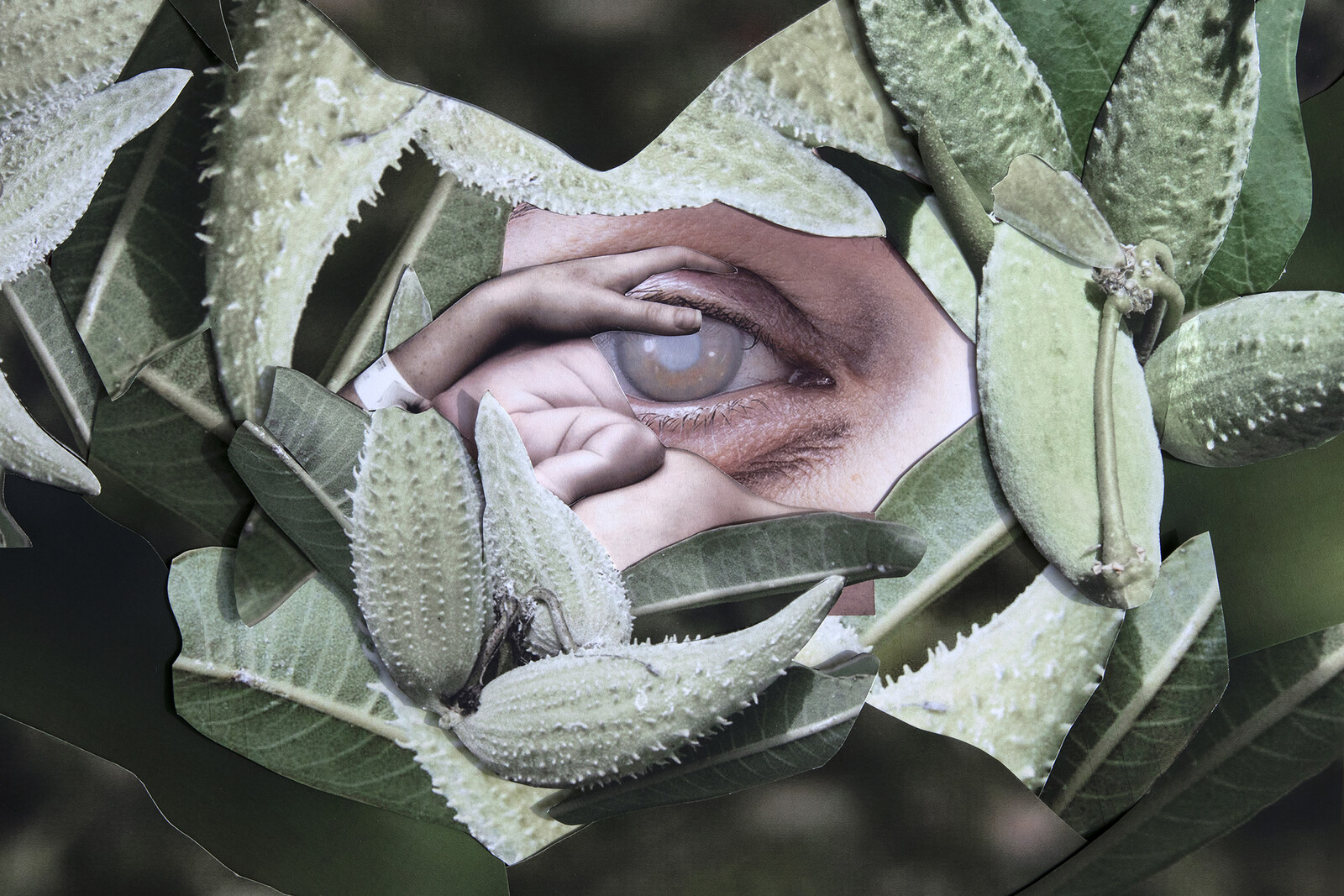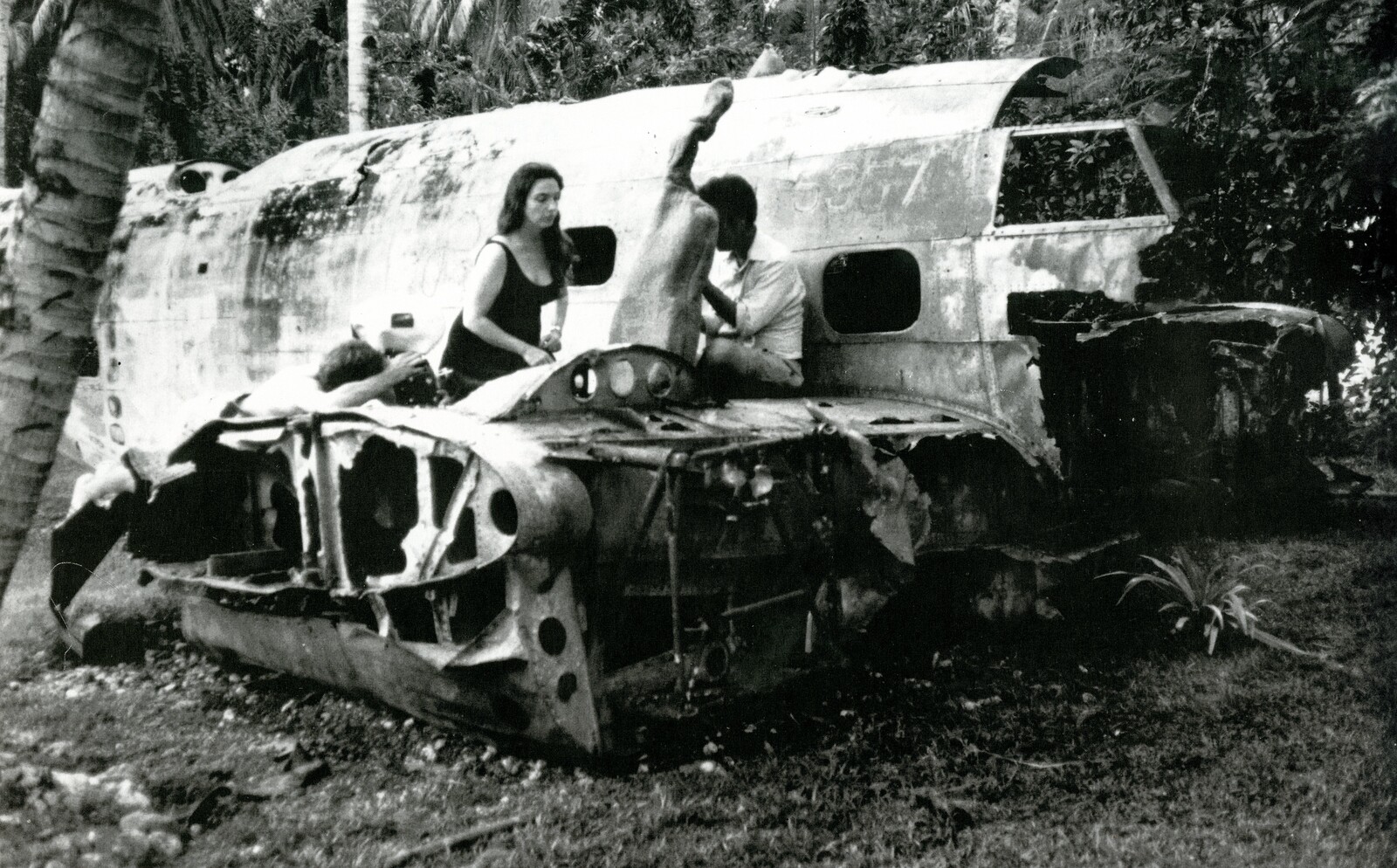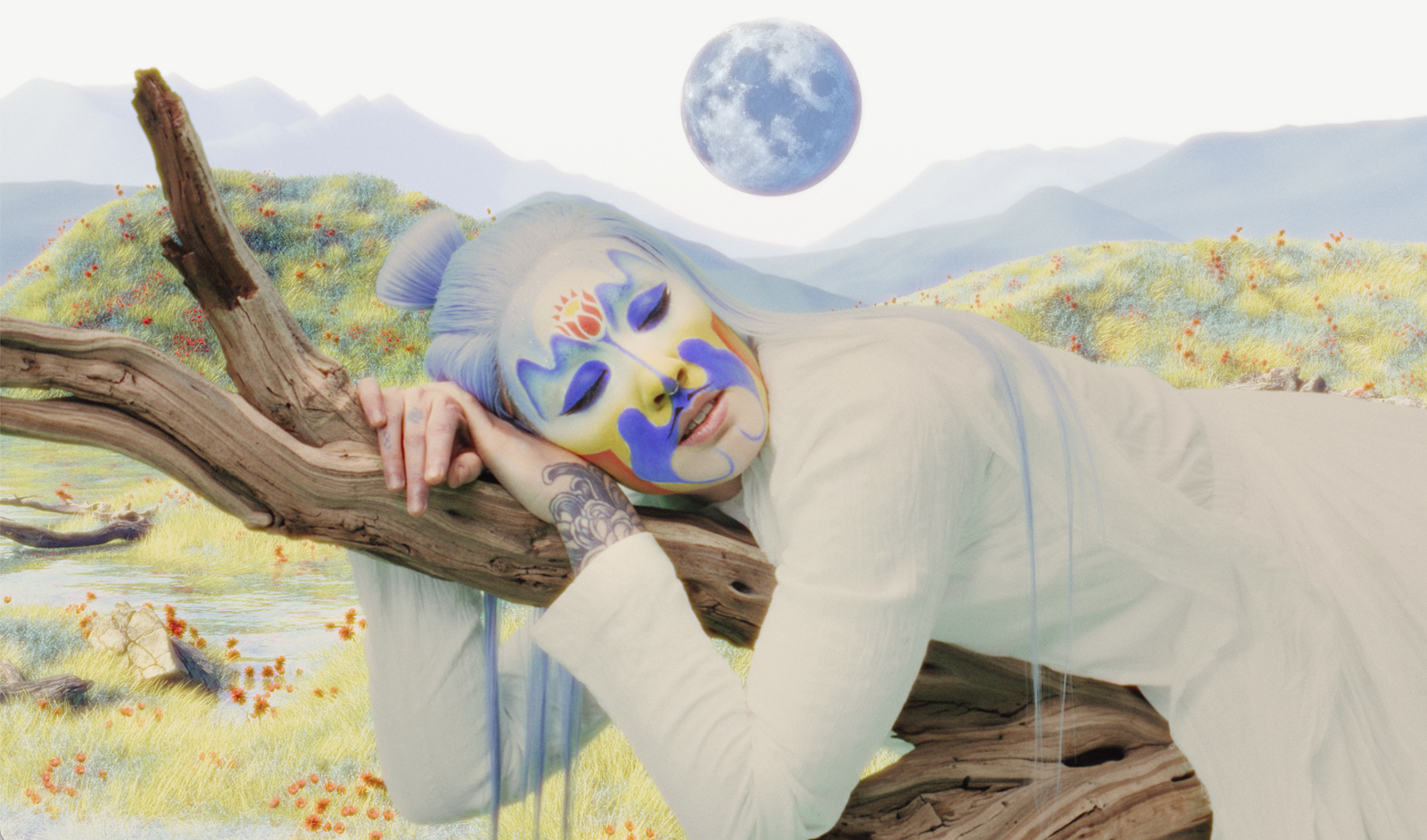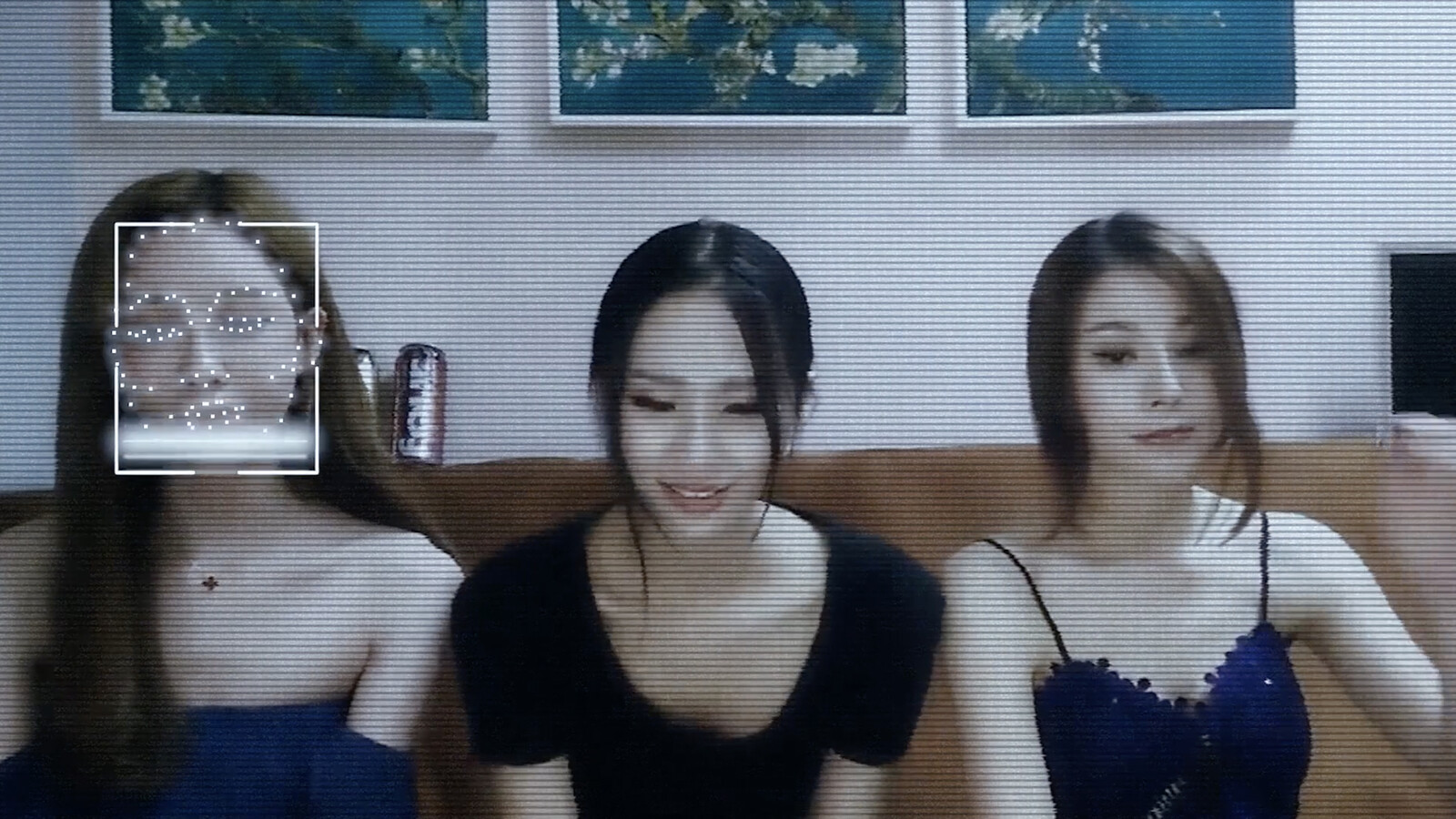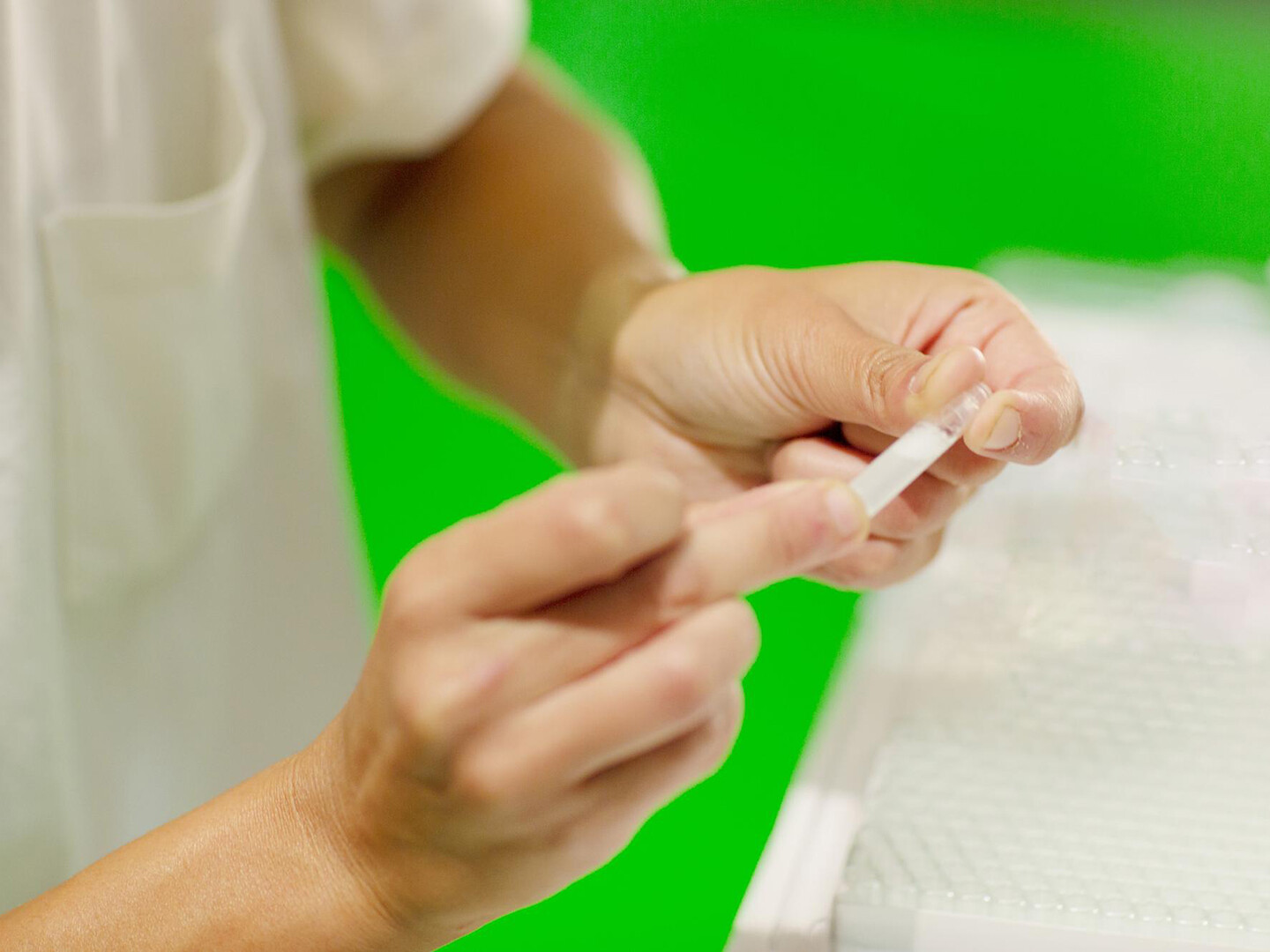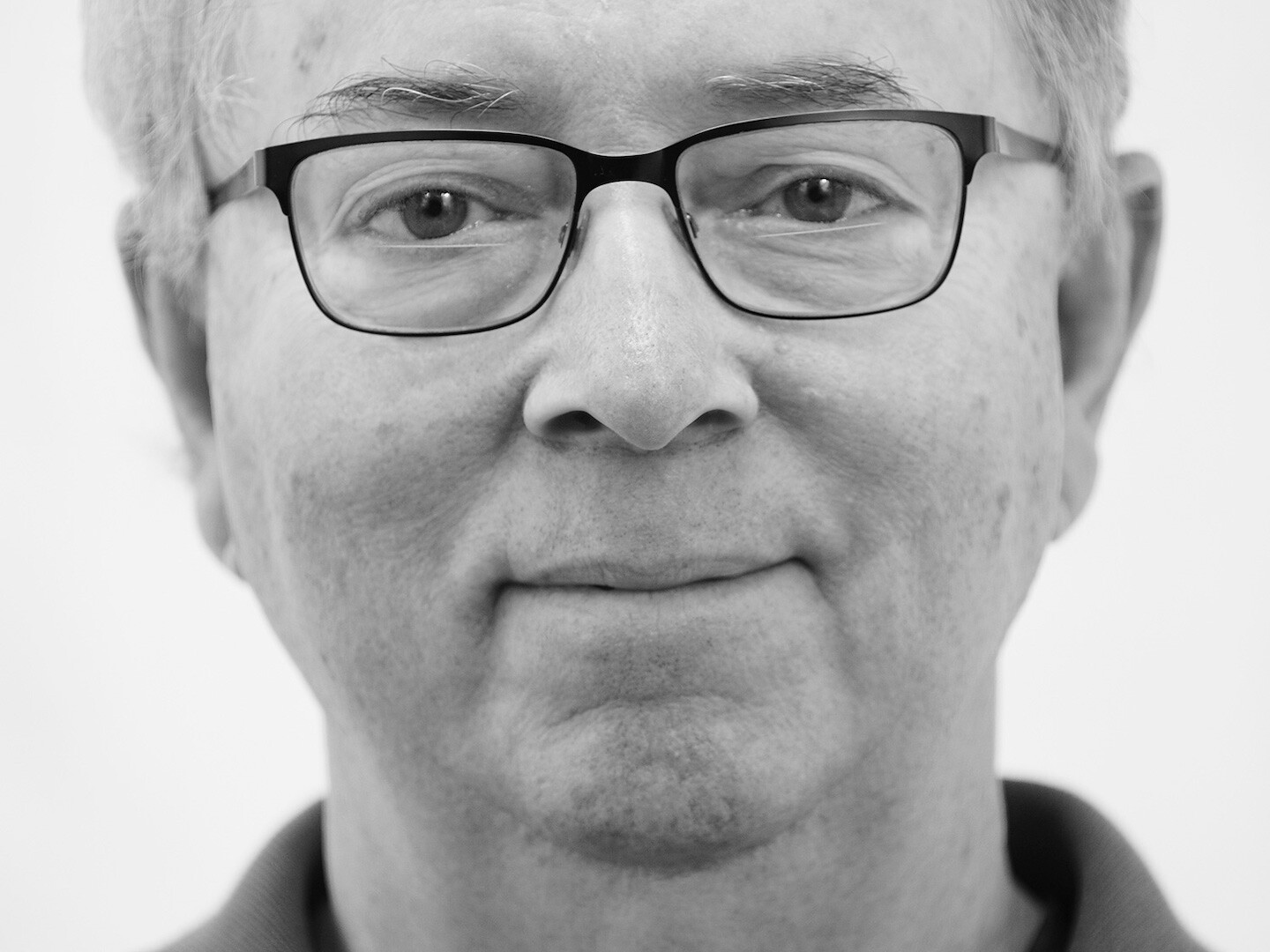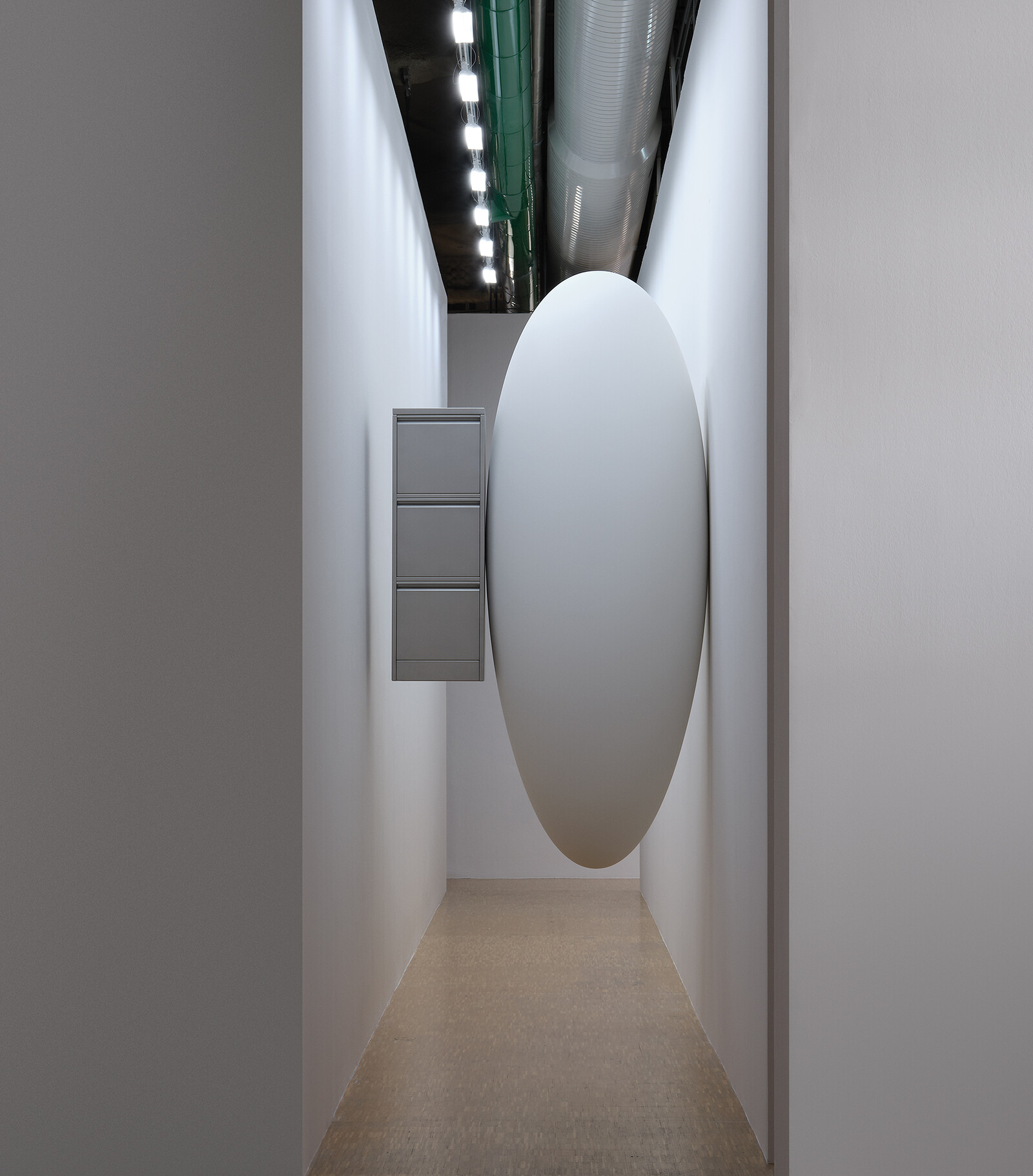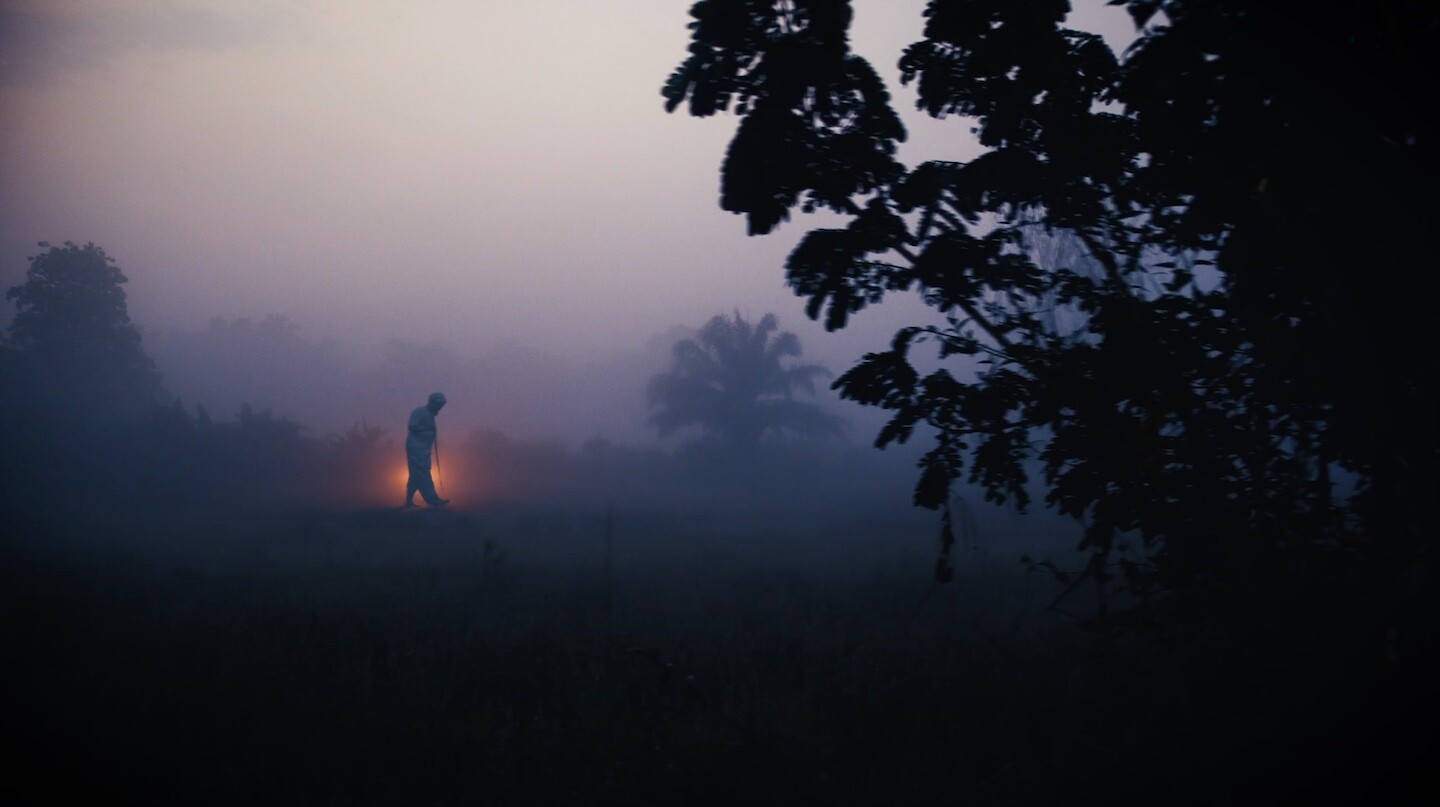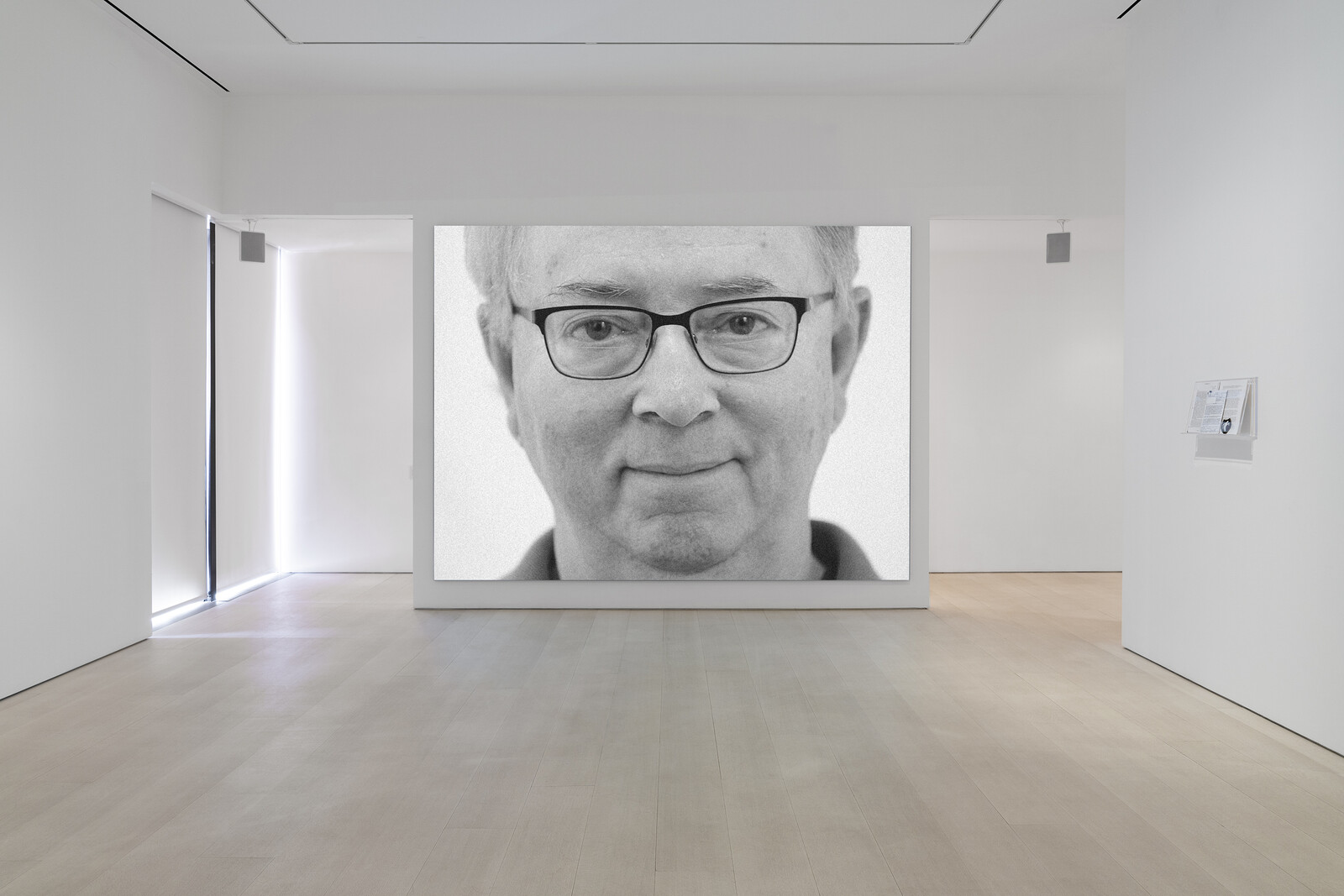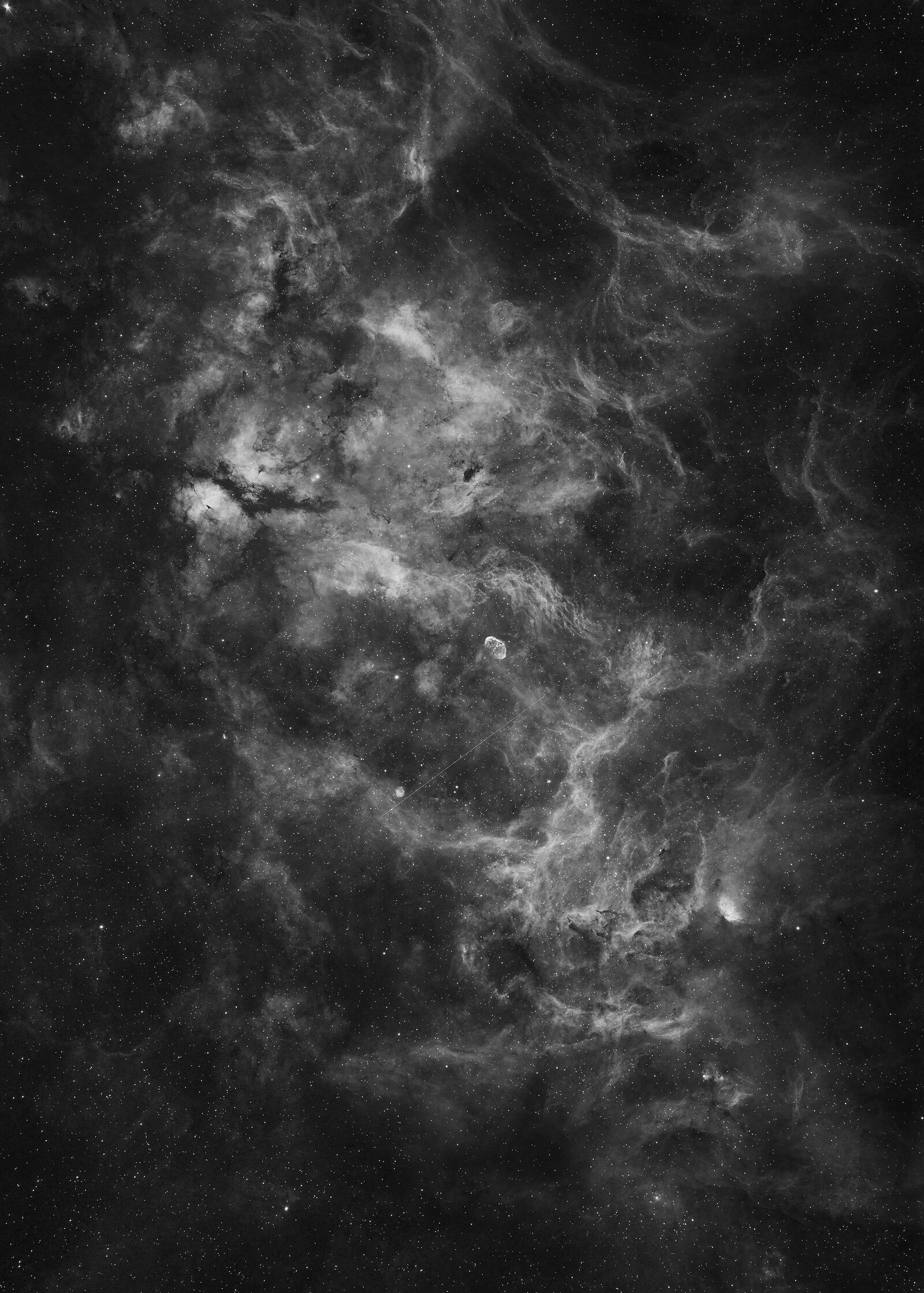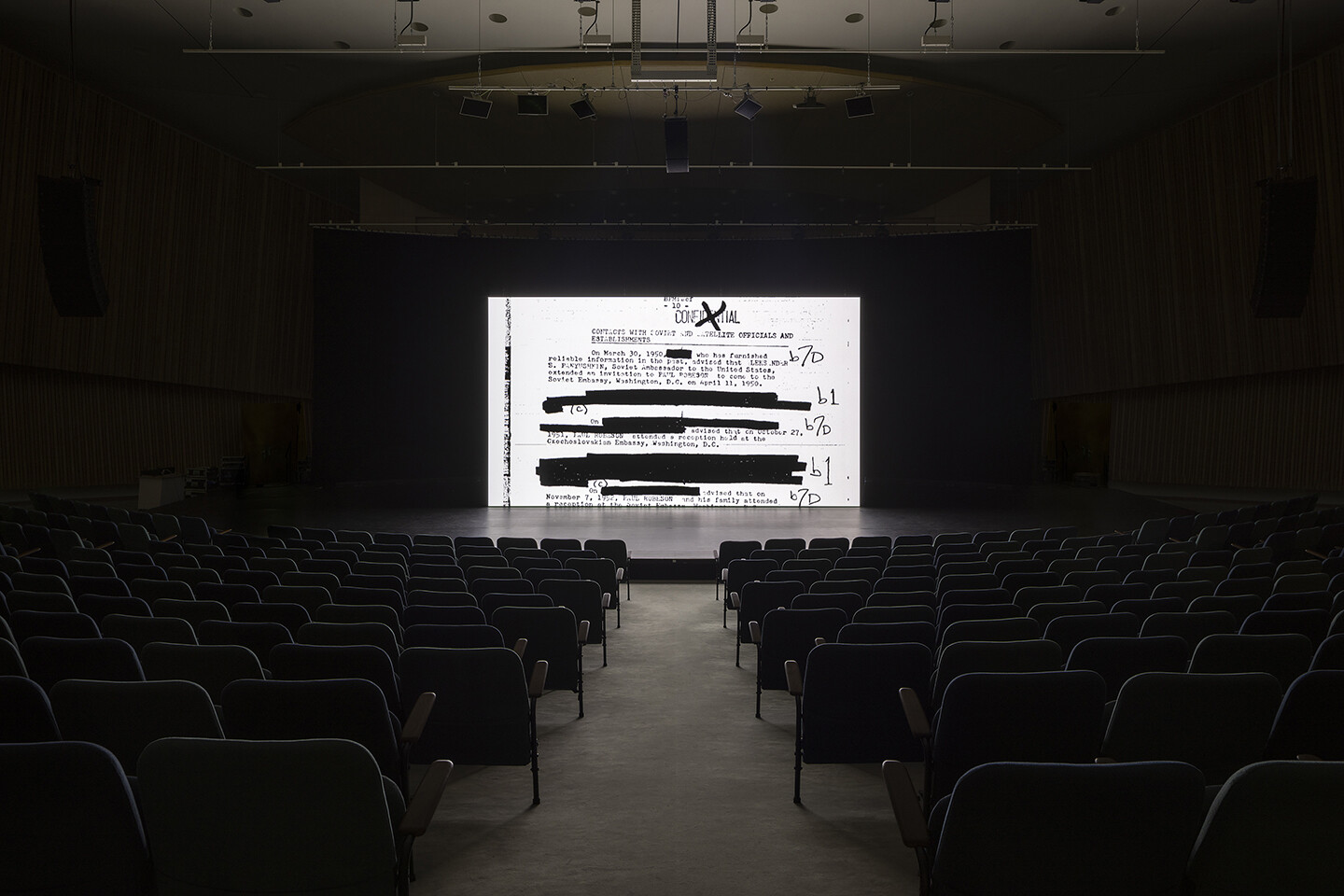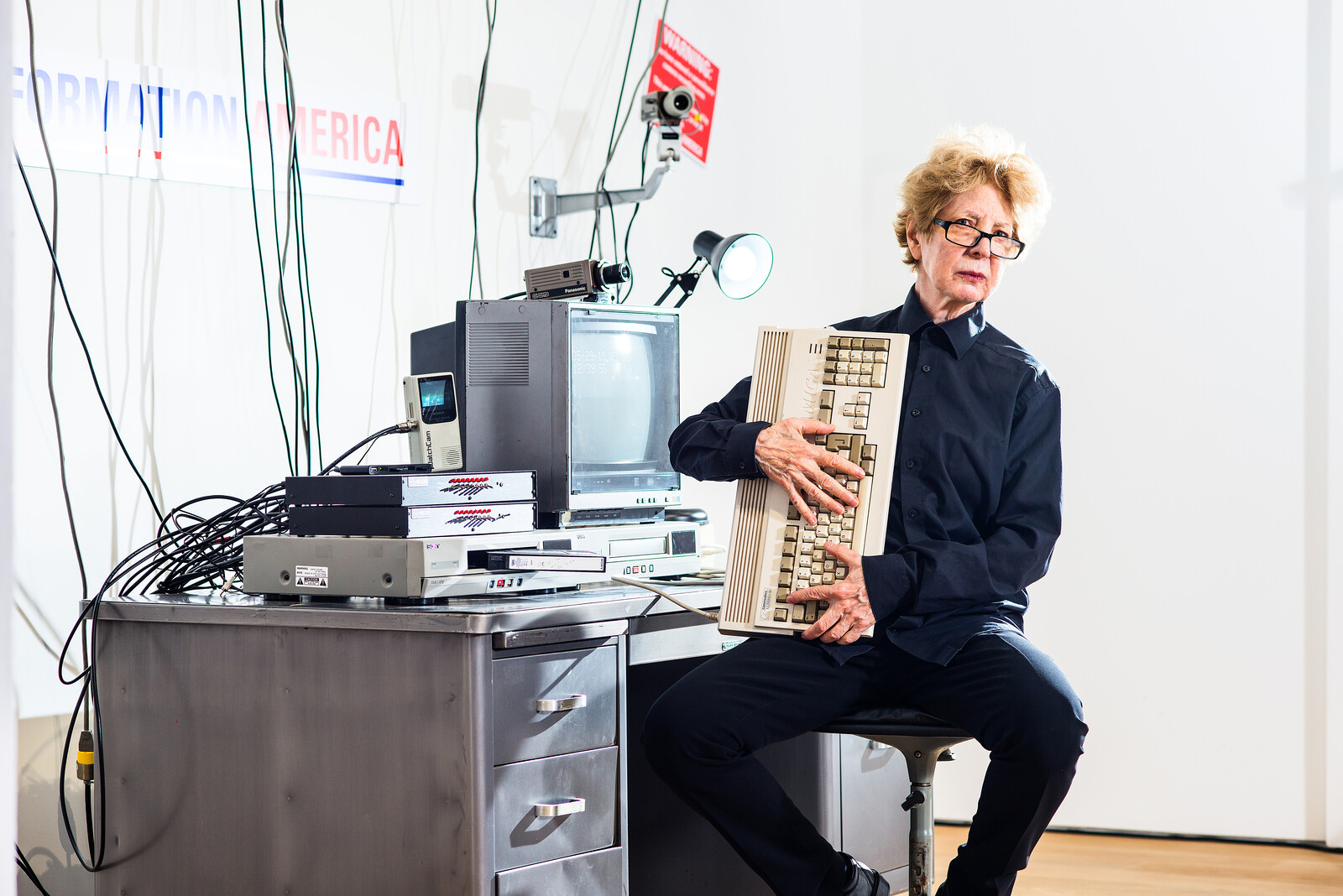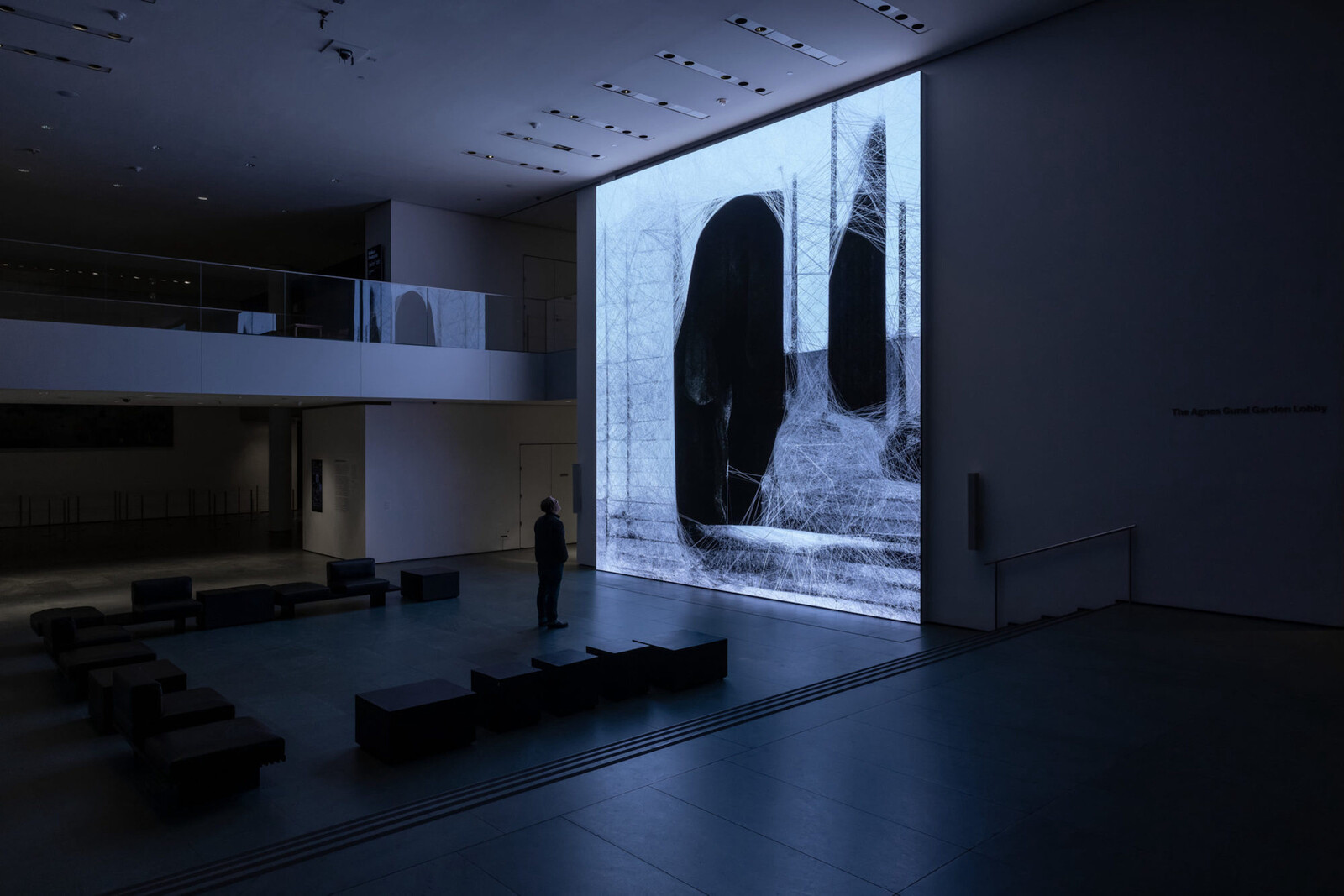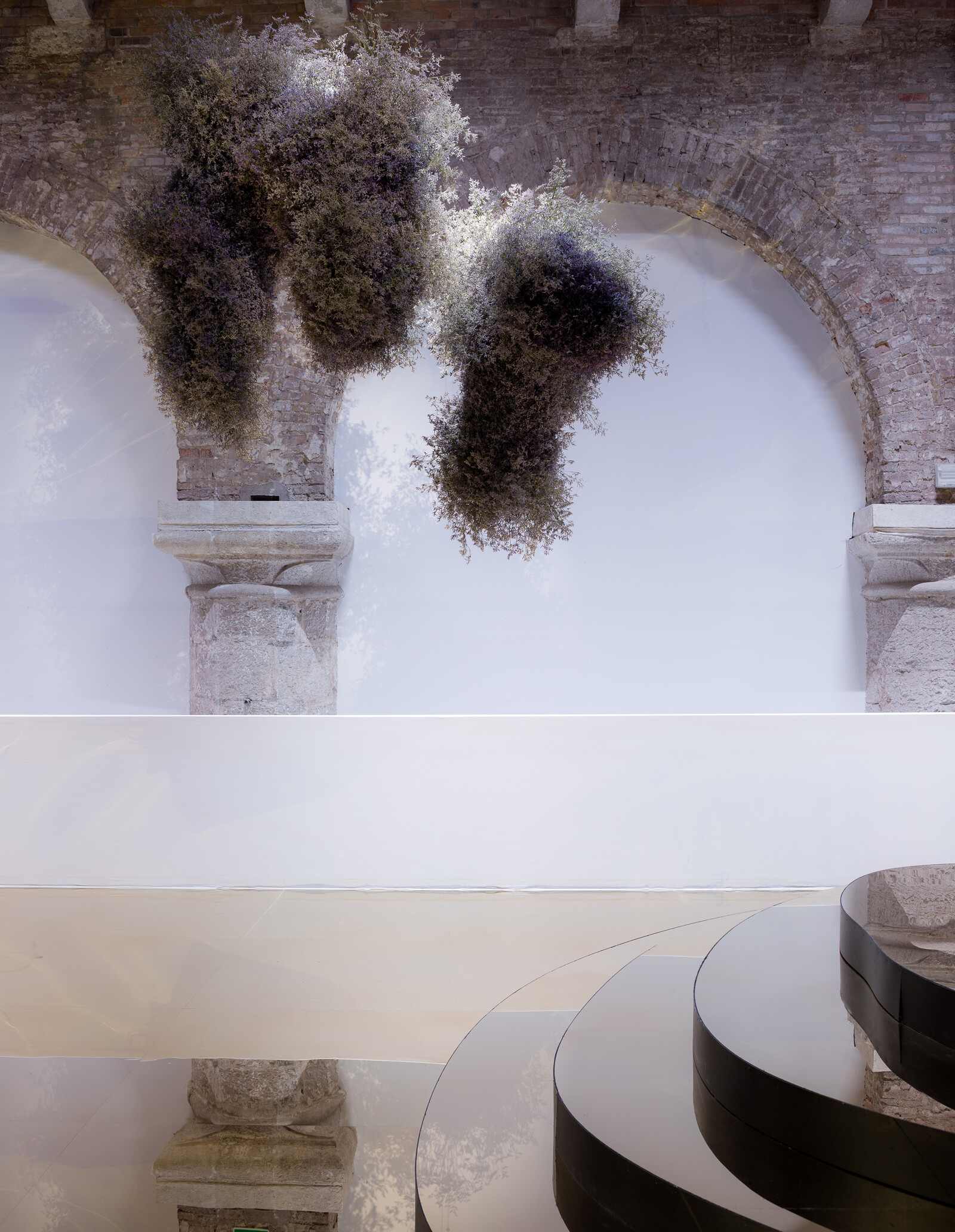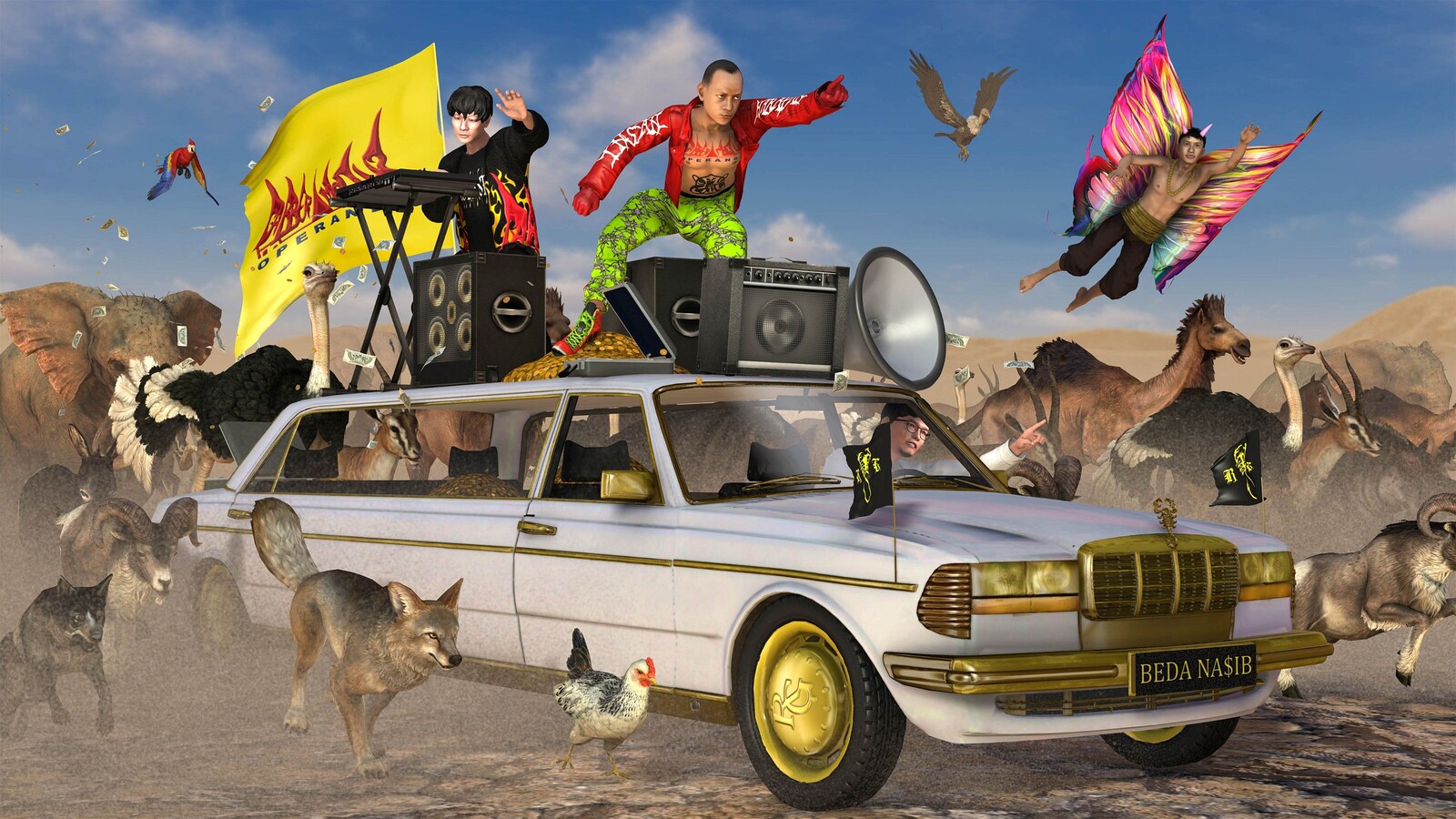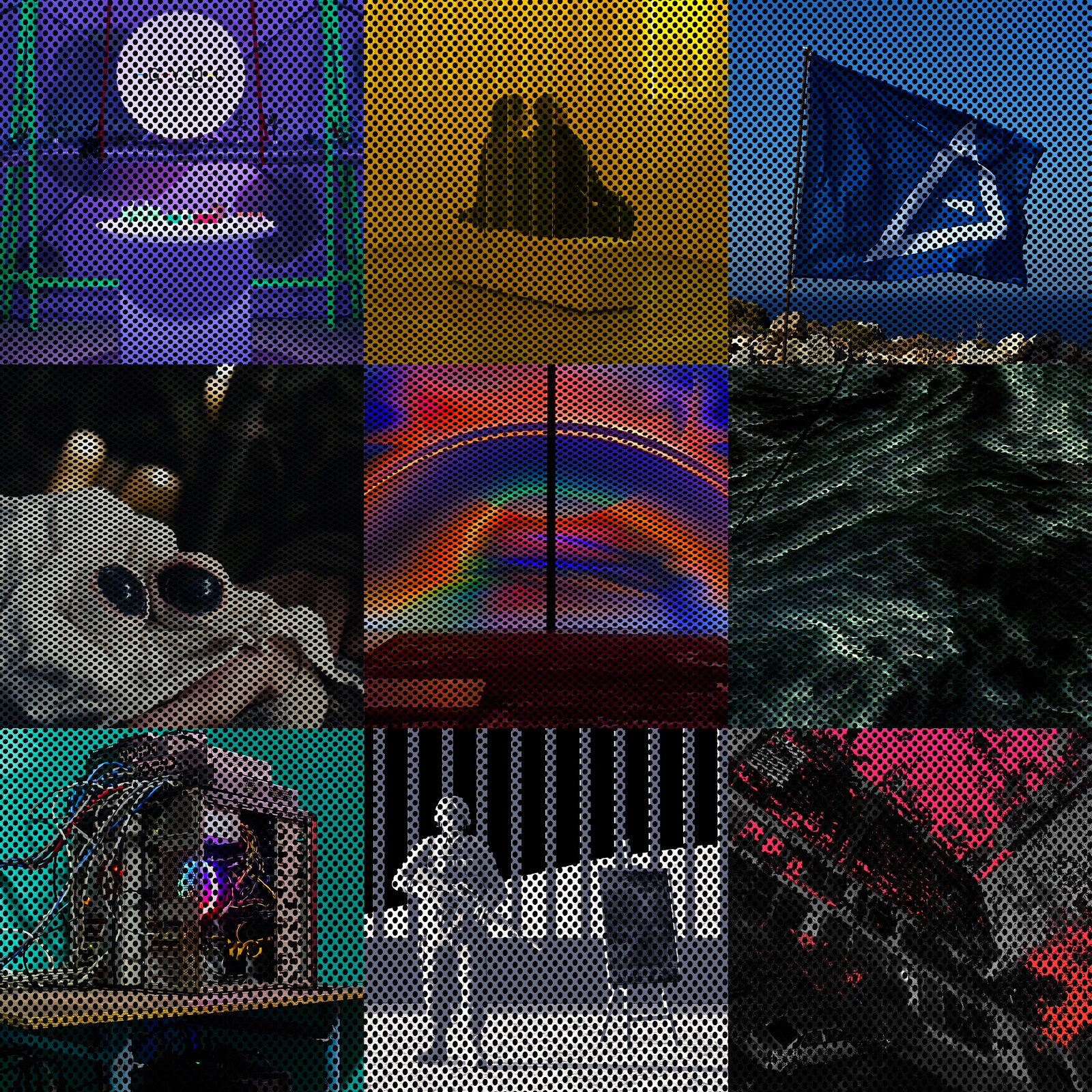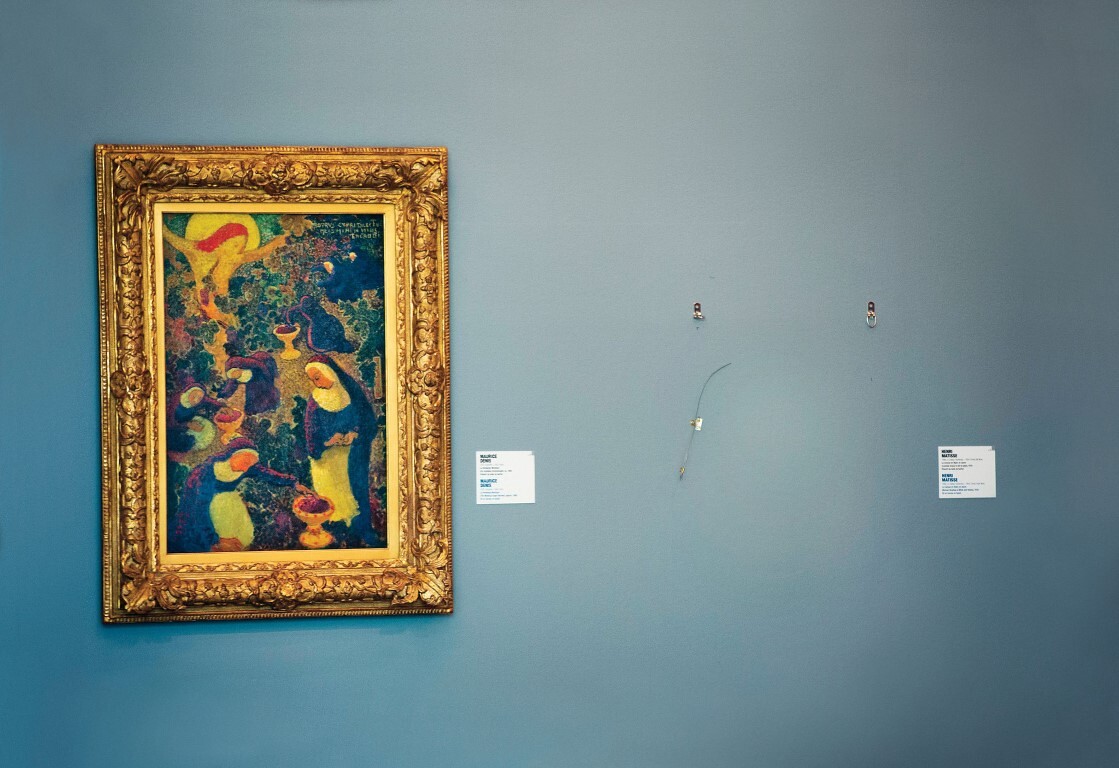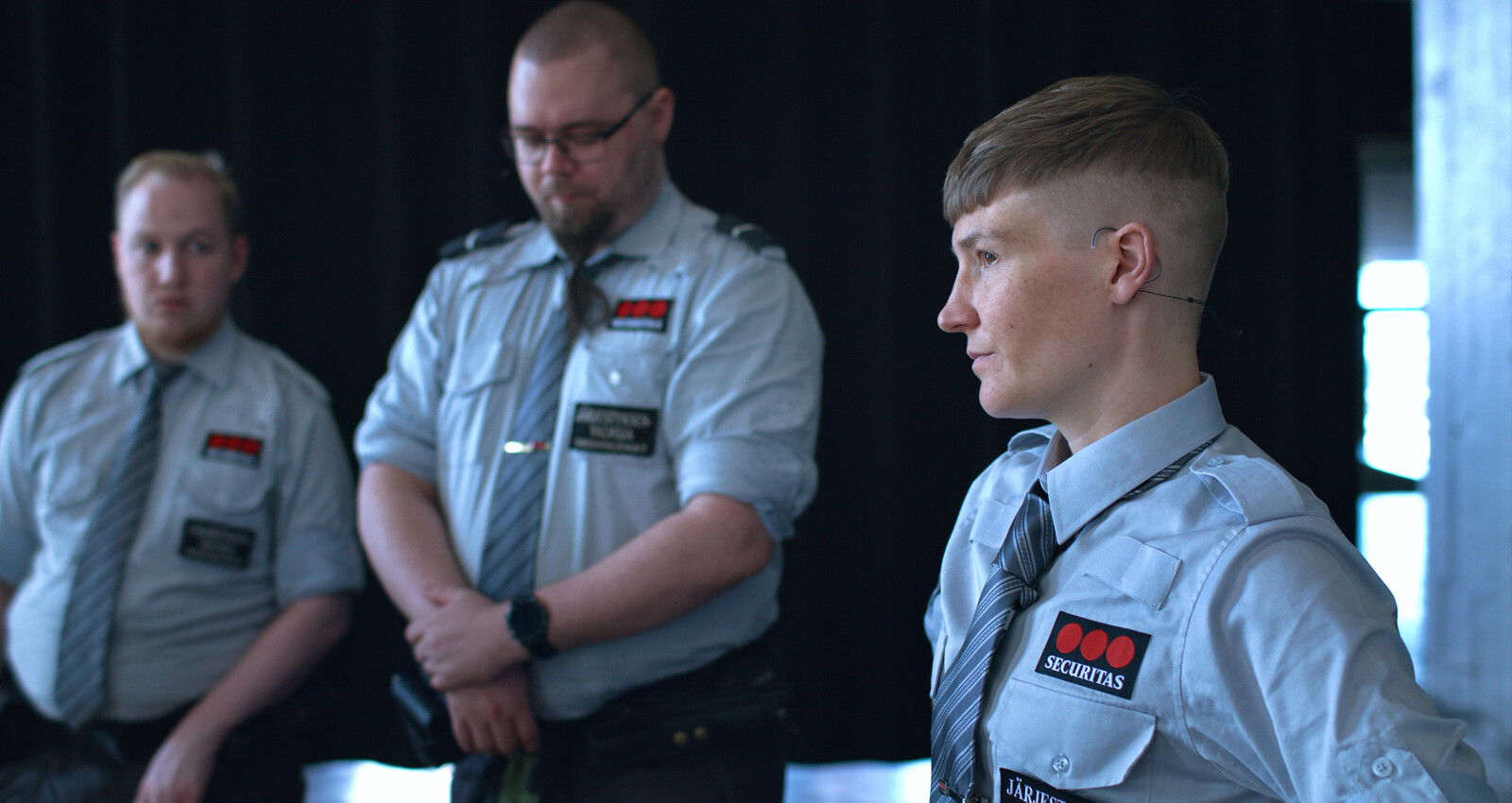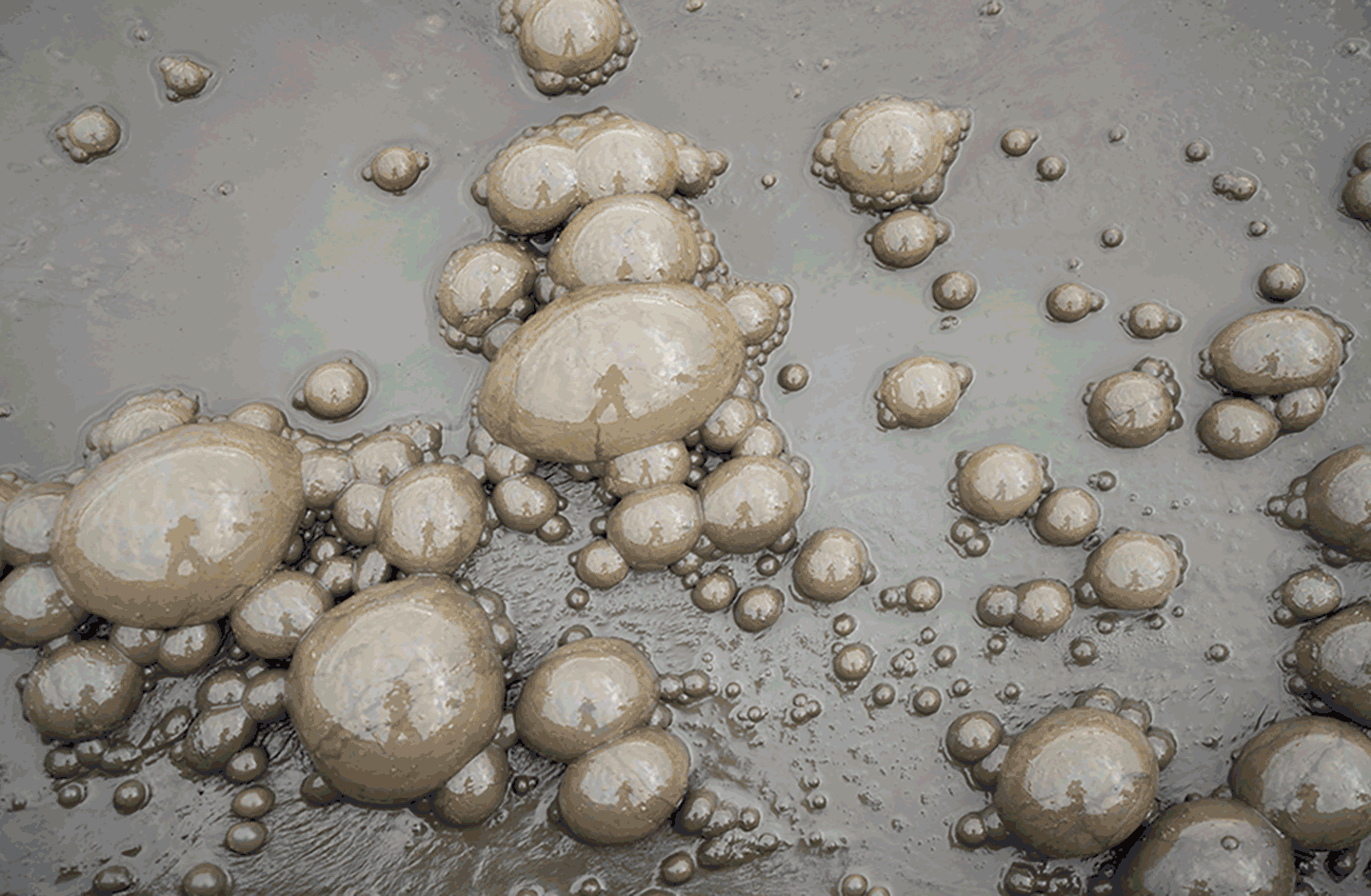Categories
Subjects
Artists, Authors, and Curators
Institutions
Locations
Types
Years
Sort by:
Filter
Done
296 documents
Rahima Gambo’s “Alternative Central Area Locations”
Michael Kurtz
e-flux Criticism
Posted: July 1, 2024
Category
Architecture, Urbanism, Surveillance & Privacy, Installation
Subjects
Gentrification
Nam June Paik Art Center
Big Brother Blockchain
e-flux Announcement
Posted: March 28, 2024
Category
Surveillance & Privacy
Subjects
Cryptocurrency & Blockchain
Institution
Shanghai Biennale
Maha Maamoun: Shooting Stars Remind Me of Eavesdroppers
e-flux Announcement
Posted: March 23, 2024
Category
Surveillance & Privacy, Language & Linguistics, Film
Institution
Cantor Fitzgerald Gallery at Haverford College
Observed: Hypervisibility and Reclamation
e-flux Education
Posted: March 20, 2024
Category
Surveillance & Privacy, Technology
Nam June Paik Art Center
Wake Up! It’s 2024
e-flux Announcement
Posted: March 20, 2024
Category
Surveillance & Privacy
Subjects
Mass Media & Entertainment, Dystopia
Institution
Mudam – The Contemporary Art Museum of Luxembourg
Underground Histories
e-flux Announcement
Posted: March 20, 2024
Category
Performance, Data & Information, Surveillance & Privacy
Subjects
Storytelling, Israel
Shanghai Biennale
Technology and Cosmos: Xu Bing’s Dragonfly Eyes
e-flux Announcement
Posted: March 16, 2024
Category
Surveillance & Privacy, Technology, Film
Institution
University of California, San Diego
Lauren Lee McCarthy: Bodily Autonomy
e-flux Education
Posted: February 16, 2024
Category
Bodies, Surveillance & Privacy
e-flux Film
Category
Film, Surveillance & Privacy
Subjects
Outer Space, Documentary, Militarization, USA, State & Government, Conspiracy
Jindřich Chalupecký Society
Jonas Staal: Propaganda Station
e-flux Announcement
Posted: January 29, 2024
Category
Surveillance & Privacy
Subjects
Propaganda, Revolution
Institution
Oakville Galleries
Exhibition programme 2024
e-flux Announcement
Posted: January 15, 2024
Category
Borders & Frontiers, Surveillance & Privacy
Subjects
Identity Politics, Police & Prisons, State & Government
Institution
Suneil Sanzgiri: Screening and Conversation
Suneil Sanzgiri
e-flux Events
Posted: October 17, 2023
Category
Film, Surveillance & Privacy, Colonialism & Imperialism
Subjects
Experimental Film, Video Art, Diaspora, Decolonization, Indian Subcontinent, Storytelling, Memory, Historicity & Historiography
Zeta Contemporary Art Center
Manifesto DESERTION
e-flux Agenda
Posted: July 3, 2023
Category
Surveillance & Privacy
Subjects
Climate change
Trevor Paglen’s unstable truths
R.H. Lossin
e-flux Criticism
Posted: June 6, 2023
Category
Surveillance & Privacy, Technology
Subjects
Conspiracy
Neuer Berliner Kunstverein (n.b.k.)
Trevor Paglen: Hide the Real, Show the False / Anca Benera & Arnold Estefán: Rehearsals for Peace
e-flux Announcement
Posted: May 25, 2023
Category
Surveillance & Privacy, Nature & Ecology
Subjects
Militarization
Institution
On End Credits
Steve McQueen and Doreen Mende in conversation
There was a structure. Things which were revealed were sealed. It was done in such an orderly fashion because, of course, these things were classified. Now they’re unclassified, but they’re still classified in a way because we don’t see all the evidence or facts that had apparently been gathered. It’s decorative to a certain extent: what is revealed and what is unrevealed, what is fact and what is fiction. So then it’s about what the spectator projects onto those files. The blackness was almost like holes within the system. Those holes tell you a lot about the failures of state surveillance, and more than anything, about the triumphs of the Robesons.
e-flux Journal
Posted: May 10, 2023
Category
Film, Surveillance & Privacy
Subjects
Cold War, Black Power
Museum Abteiberg
Julia Scher: Maximum Security Society
e-flux Announcement
Posted: March 24, 2023
Category
Surveillance & Privacy, Data & Information, Internet
Subjects
Digital Humanities
Institution
Refik Anadol’s “Unsupervised”
R.H. Lossin
e-flux Criticism
Posted: March 14, 2023
Category
Museums, Technology, Surveillance & Privacy
Subjects
Artificial intelligence
e-flux Announcement
Posted: February 8, 2023
Category
Surveillance & Privacy, War & Conflict
Subjects
Optics & Perception
Institution
e-flux Film
Category
Internet, Film, Surveillance & Privacy
Subjects
Childhood & Youth, Video Art, Memory, Storytelling
Jencks Foundation at The Cosmic House
Forensic Architecture receives RIBA Charles Jencks Award
Architecture Announcement
Posted: December 8, 2022
Category
Human and Civil Rights, Surveillance & Privacy
Subjects
Artistic Research , State & Government
Institution
Kunsthalle Zürich
Julia Scher: Maximum Security Society / DYOR
e-flux Announcement
Posted: October 7, 2022
Category
Surveillance & Privacy, Technology
Subjects
Cryptocurrency & Blockchain
Institution
Satellite Project
randr research institute: Security & Surveillance
Architecture Announcement
Posted: July 28, 2022
Category
Surveillance & Privacy, Design
Institution
Uzbekistan Pavilion at the Venice Biennale
The Panoptic Garden
e-flux Announcement
Posted: July 5, 2022
Category
Utopia, Land & territory, Surveillance & Privacy
Subjects
Dystopia
Institution
frei_raum Q21 exhibition space/MuseumsQuartier Wien
No Dancing Allowed
e-flux Announcement
Posted: June 14, 2022
Category
Dance, Surveillance & Privacy
Subjects
Choreography, Covid-19
Biennale Warszawa
Biennale Warszawa 2022 : Seeing Stones and Spaces Beyond the Valley
e-flux Announcement
Posted: June 2, 2022
Category
Technology, Capitalism, Surveillance & Privacy
Subjects
State & Government
Institution
Culture and Crime
Hito Steyerl
e-flux Notes
Posted: May 16, 2022
Category
Surveillance & Privacy
Subjects
Neoliberalism, Identity Politics
Rabih Mroué’s “Under the Carpet”
Jayne Wilkinson
e-flux Criticism
Posted: April 19, 2022
Category
War & Conflict, Surveillance & Privacy
Subjects
Middle East
Finnish Pavilion at the Venice Biennale
Pilvi Takala: Close Watch
e-flux Announcement
Posted: April 19, 2022
Category
Surveillance & Privacy, Labor & Work
Subjects
Public Space
Institution
YARAT Contemporary Art Space
Michel François: Panopticon / CHINGIZ: INSAN
e-flux Announcement
Posted: March 14, 2022
Category
Surveillance & Privacy, Installation, Humanism
Subjects
Conceptual & Post-Conceptual Art
Institution


